Kazakhstan, Iraq, Turkey, India, the UAE, Vietnam, Pakistan, Romania, Bulgaria, Kenya, and Malaysia were the main destinations, Finacial Tribune reported.
Flowers and plants had the lion’s share of the exports ($12.5 million).
About 80 years ago, Yahakhan, a man from Mahallat who had learnt all about the art of floriculture from his Dutch foreman in Tehran, came back to his hometown to turn Mahallat into Iran’s city of flowers. After years of hard work, floriculture has expanded exponentially.
Pleasant weather, good average monthly temperature, and fertile lands have made it an exemplary city in Iran to cultivate diverse flowers from the usual species to rare ones, including chrysanthemums, gladiolus, daisy, rose, tuberose, cactus, dianthus, and iris.
According to Mohammad Jamal-Abbasi, Mahallat is the main hub of ornamental fish breeding in Iran and produces the widest range of ornamental fish species.
Mahallat is also noted for its decorative stone production. There are 70 active stone mines in the county that possesses 30 million tons of mineral reserves. Some 2 million tons are extracted annually.
Over 2% of the world’s construction and travertine stones are produced in Mahallat. Some 280 processing units, with a capacity of 18 million square meters of stone, are active there. However, the county has registered no stone exports this year.
MNA/PR

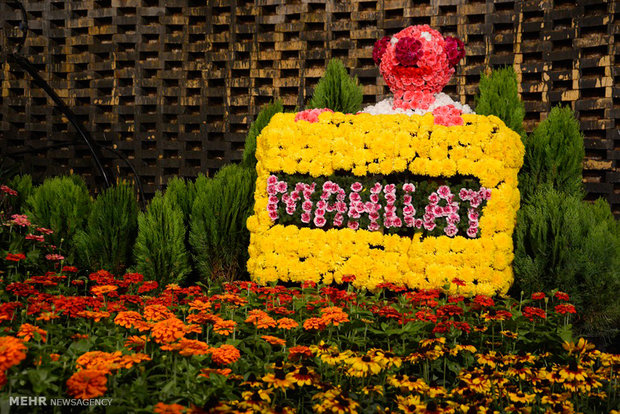


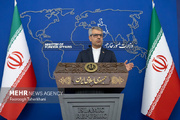
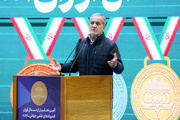
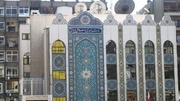



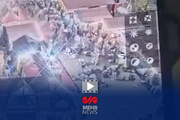









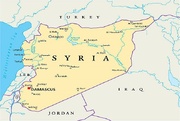
Your Comment